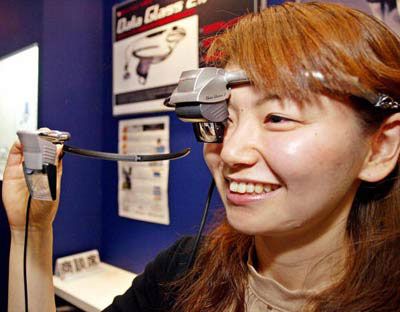Technology has always been about building upon the simpler foundation in order to make the tool do more and be more useful. The concept of the wheel led to the horse-drawn cart, which led to the automobile. Automobiles without suspension systems, which provided drivers and passengers with bumpy, uncomfortable and potentially unsafe rides, led to the development of springs on cars, giving them better shock absorption and smoother travels.
The same idea applies to the major developments in computer and Internet technologies. While the early stages of the Internet consisted of simple pages with text and images (what some refer to as Web 1.0), today Web sites try to be as deeply interactive as possible, employing flashy animations and easy-to-use applications (known by most as Web 2.0). The Web has become a vast labyrinth of connectedness: Sites hyperlink to each other, bloggers and social networkers post interesting links while keeping their friends updated and people perform any number of searches on news articles, contact information, address locations and so on.
Advertisement
But some feel this is just the beginning of what will be a dramatic sea change in the landscape of the Internet. One of the most important developments that's creating a significant buzz in the tech industry is the adoption of microformats, small snippets of Web code that help standardize formatting. As everyone gets more connected, backers of the microformat standard hope the practice will help make building Web pages and the end user's experience easier, smoother and richer than ever.
Like many of today's emerging Web standards, like the phrases Web 2.0 and Web 3.0 and concepts such as open source, microformats are as much a philosophy as they are a specific set of rules. What exactly are microformats? Are they something you'll see on a Web page, or are they only rules that developers and Internet browsers will use and acknowledge? What will they do, and why are they considered to be so important for the future of the Web?
Advertisement




